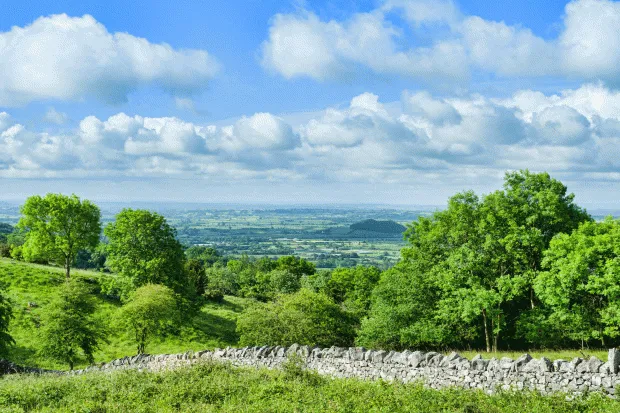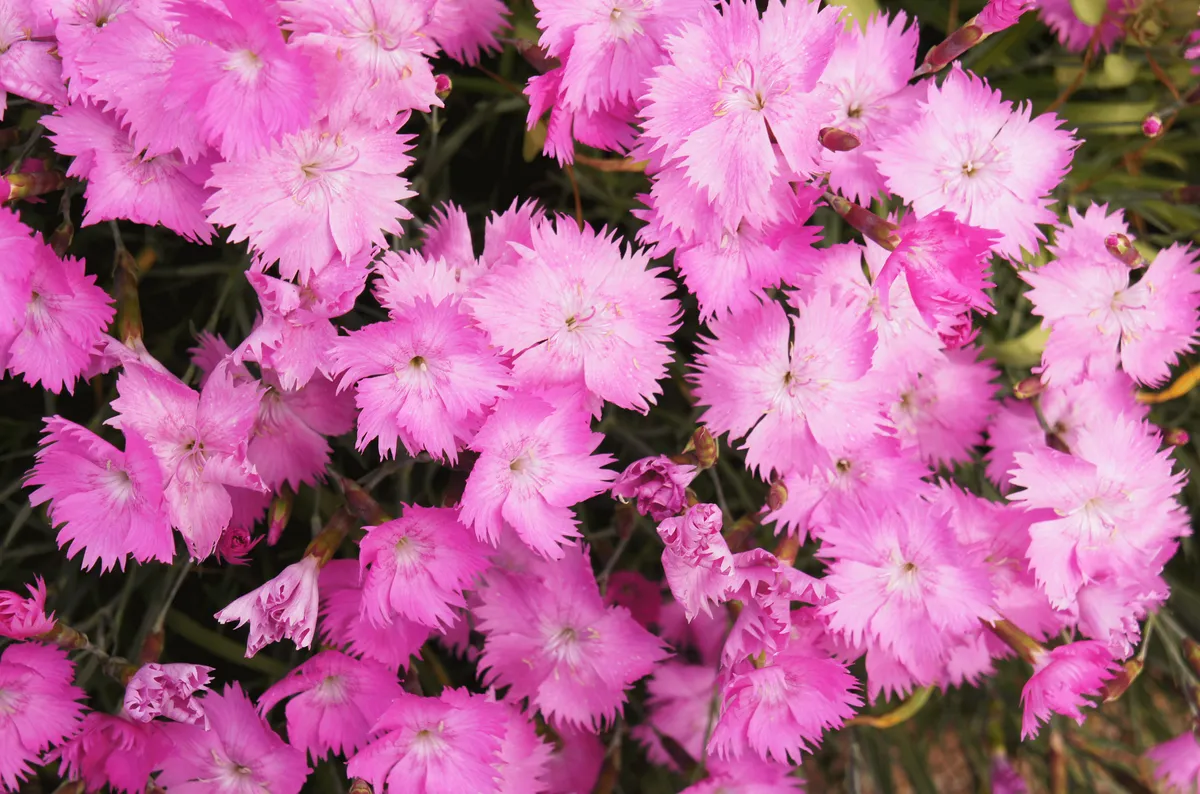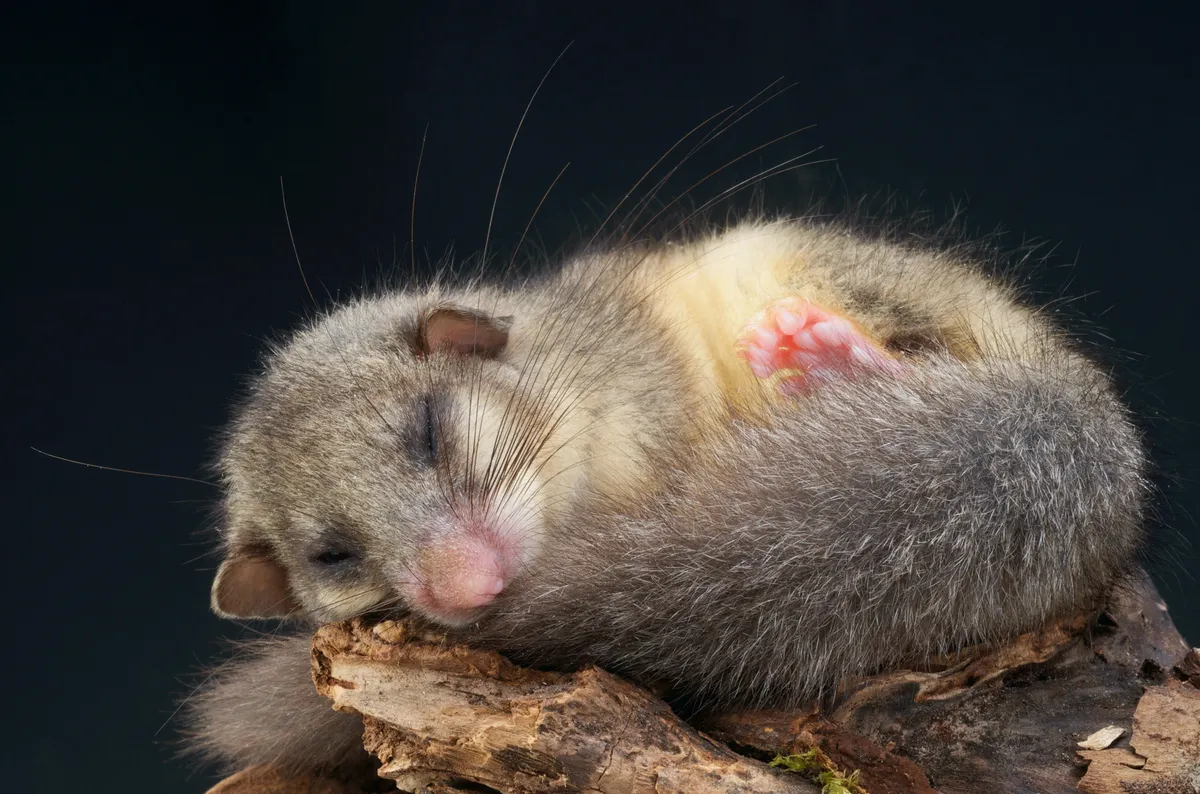Set in the heart of the Mendip Hills AONB, Somerset Wildlife Trust’s Cheddar Complex consists of three discrete nature reserves – Black Rock, Long Wood and Velvet Bottom – creating a network of wild and unspoilt hiking trails outside the frantic tourism of the commercialised gorge.
Begin at Black Rock for a gentle but varied walk inundated with plants and wildlife.

Black Rock Nature Reserve walk
1.4 miles/2.3km | 1 hour | easy–moderate
1. Ancient quarry
Follow the path from the entrance to meet the arresting figure of a restored limekiln constructed in 1929 when quarrying activity was occurring on the site. In its prime, the kiln was used to heat limestone rock with coal or charcoal to produce lime. Now, its once black and chalky bricks are dappled with bursts of emerald green lichen, moss and fern, including the rare limestone ferns rustback, wall-rue and maidenhair spleenwort.
Continue down the path to the site’s former quarry, where you can glimpse a veiny section of the area’s unique silver strata.
2. Climbing wildflowers
As you leave the quarry, climb over the stone style and examine the south-facing slope ahead, where summer flowers creep from the small meadow up the cliffs to form a colourful cascade. This species-abundant grassland displays an array of vibrant and fragrant plants adapted to dwelling on the dry limestone soils.
Bluebells and wild garlic create a striking juxtaposition of hues, complimented by the more mellow tones of rock rose, milkwort, wild thyme and marjoram. In spring, orchids and cowslips carpet the bank and the famous Cheddar pink paints the landscape in a rich magenta.

3. Birds and butterflies
House martins, swallows and swifts sift the air above the flora for flower-loving insects.
Climb uphill to a region of grassland and thorny scrub where butterflies enjoy the nectar of the rich plant life. You can spot the cobalt common blue, the golden speckled dark green fritillary and the tawny grizzled skipper over spring and summer.
Keep right along the wall at the top of the slope and you will soon reach a prime location for scouting buzzards, kestrels and ravens, as well as sparrowhawks and a variety of finches and warblers. Peregrine falcons, the world’s fastest bird in flight, nest on the sheer inclines and the distinctive calls of jackdaws ricochet off outcrops, while redstarts can be seen on their summer migration. Greater and lesser horseshoe bats can also be glanced hunting at twilight.

4. Woodland dwellers
Continuing on, you will spot an impressive nettle patch, which functions as a well-used badger sett and rabbit warren. The tracks used by the badgers during their dusk scavenging sessions are clearly visible.
Pass through the nearby kissing gate into a thick woodland made up predominantly of ash trees. Scots pine and yew add a cool, jade tone to the forest, and the dense awnings of hazel and oak coppice shelter the elusive and endearing common dormouse; this mysterious mammal dwells solely in the tree canopies and shrubs.
The woodland also houses foraging bats, yellow-necked mice and pygmy shrews, while its fallen trees provide homes for invertebrate species such as longhorn beetles and several species of fungi, such as King Alfred’s cakes.

At the woodland’s edge, cross the grassland and turn left to make your way out of the reserve, or turn right to explore the ancient woodland of Long Wood and the striking dry valley of Velvet Bottom.
For more information on the reserves' flora and fauna, visit the Somerset Wildlife Trust website.
Black Rock Nature Reserve map
Black Rock Nature Reserve walking route and map

Words: Jasmine Beer
